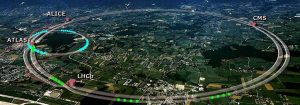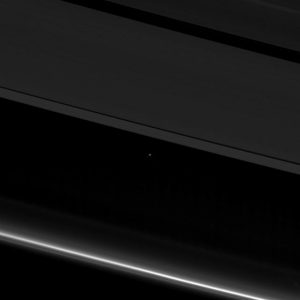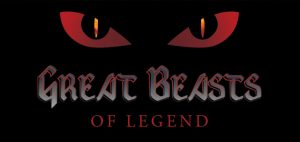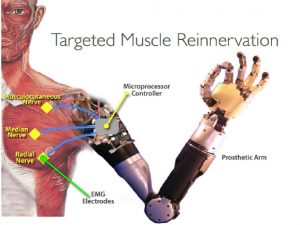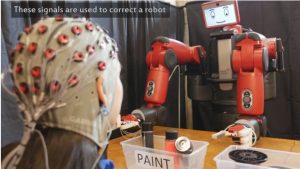There’s been some interesting new discoveries in the world of fossil hunters so I though I’d catch up on.
First up there’s been a new study of the ancient animals known as Eurypterids or Sea Scorpions by Scott Persons and John Acorn of the University of Alberta. Now about 450-300 million years ago Eurypterids were the top predator on Earth. growing to up to two meters in length they are the ancestors of modern lobsters, spiders and ticks. See the picture below.

Eurypterids are uncommon but still well known and well studied animals from the Paleozoic era. I have several fragments in my collection and would love to find a nice complete one.
For many years scientists have debated just how the Sea Scorpions actually captured and killed their prey. In particular the question of whether or not they relied solely on the claws near their mouth or did they strike with that pointy tail as a modern scorpion would.
What Doctors Persons and Acorn have succeeded in doing is finding enough well preserved specimens to show that the Eurypterid species Slimonia acuminate was able to turn its tail completely around and attack with a serrated tail spine. See picture below.

Now all Eurypterids may not have had such a lethal tail but the fact that Slimonia acuminate did answers a lot of questions as well as showing the early stages of the development of the striking tail of a modern scorpion. If you’d like to read more about the research of Doctors Persons and Acorn click on the link below.
http://www.sci-news.com/paleontology/sea-scorpions-weapon-04794.html
In another story one of the world’s most important fossil sites, a location in China where the remains of some of the earliest multi-cellular life forms have been found, is threatened by mining activities. Part of the Doushantuo formation in southern China the site dates back 600 million years and has yielded important finds including some showing evidence of the development of bilateral symmetry in animals!
Zhu Maoyan of the Nanjing Institute of Geology and Paleontology has been able to obtain a court order protecting the original site but a more recently discovered site has already been completely stripped by phosphate mining. This is just one example of valuable fossil sites being lost to development. Just last year my personal favourite site in Schuylkill County was just covered over by a highway expansion.
Finally one last story that may appeal to fans of the Jurassic Park movies. A blood engorged tick was recently found in a piece of amber estimated to be 15-45 million years old.

While not old enough to have dinosaur blood according to Professor George Poinar Jr. of Oregon State University two small holes in the back of the tick indicate that it was removed from its host and dropped into tree sap in a way reminiscent of the grooming habits of monkeys! Could the blood contained in this tick be that of 30-40 million year old primates! Some of the blood that had trickled out of the tick is already being examined and perhaps a DNA analysis will soon be carried out. If you’d like to read more about this discovery click on the link below.
http://www.sci-news.com/paleontology/blood-engorged-tick-dominican-amber-04757.html
Speaking of fossils, with the weather here in Philadelphia warming up hopefully I’ll soon be doing a little paleontology of my own. I’ll let you know if I find anything interesting.

